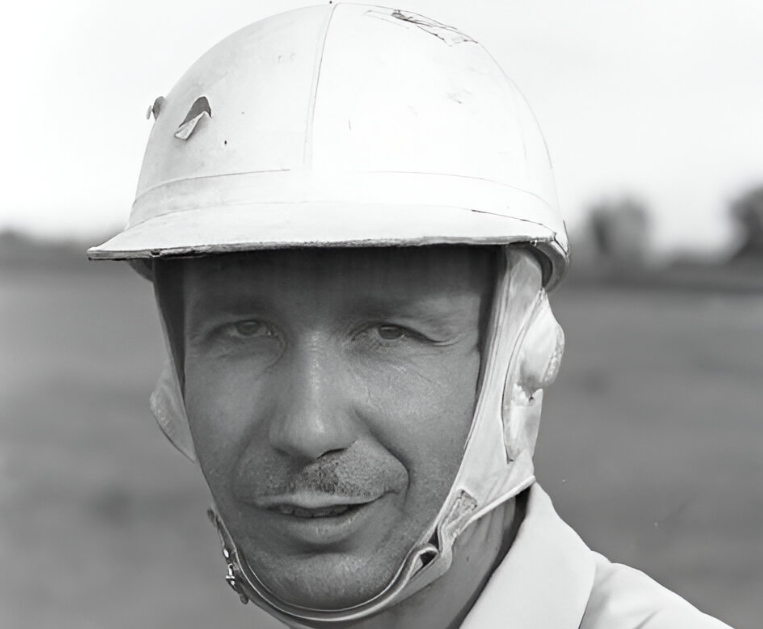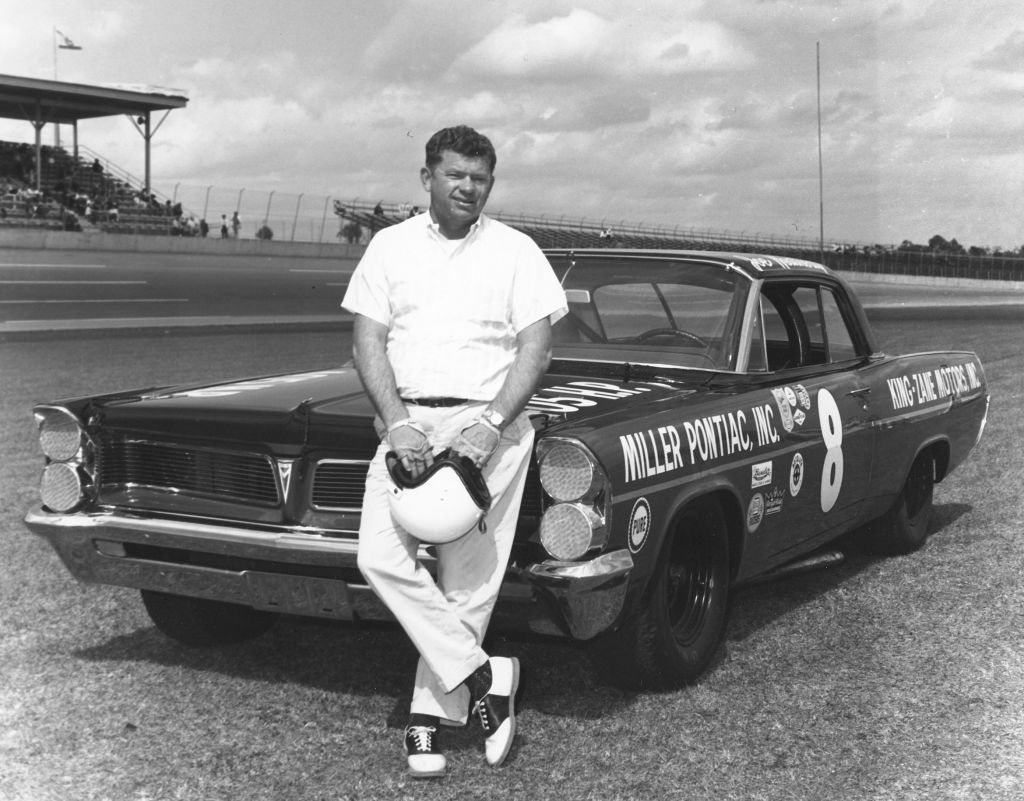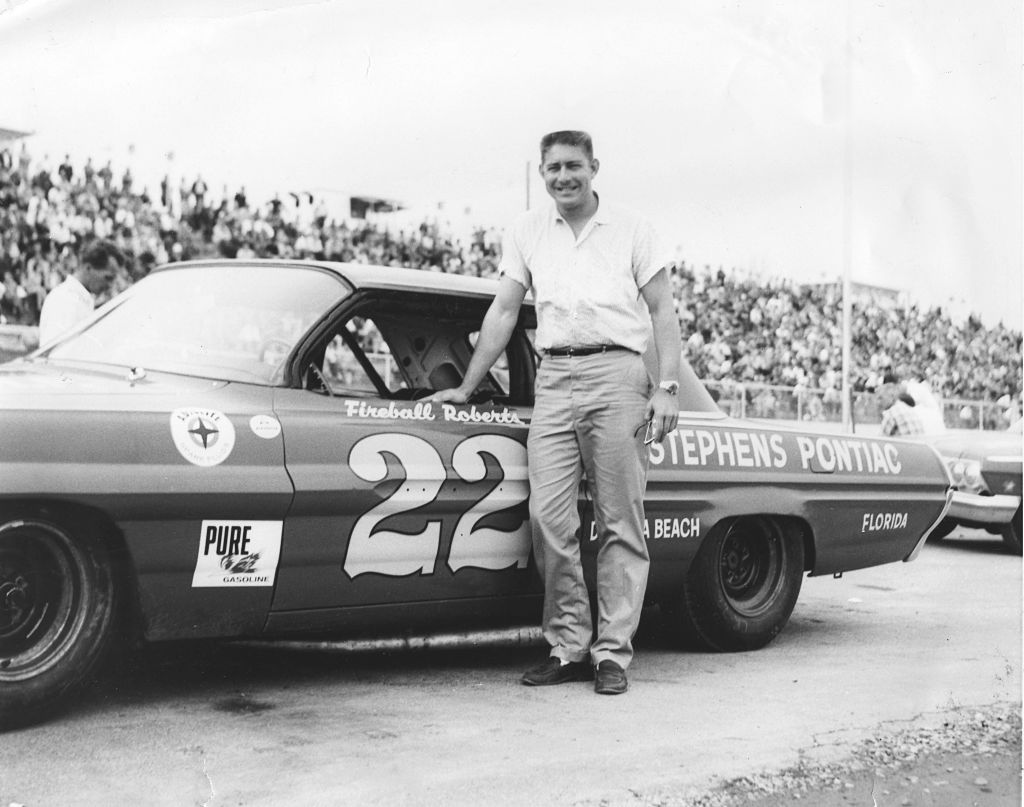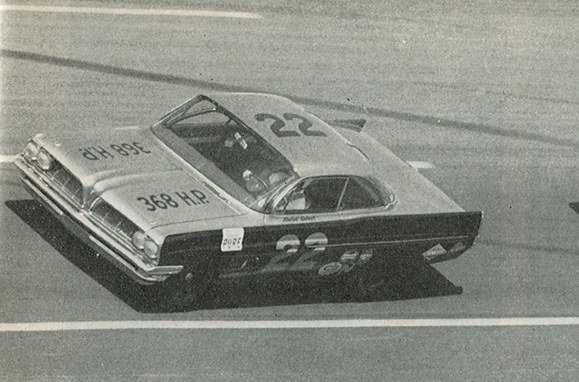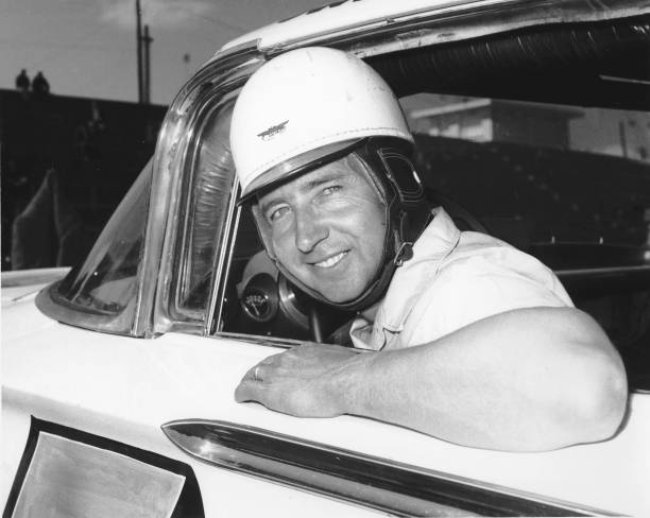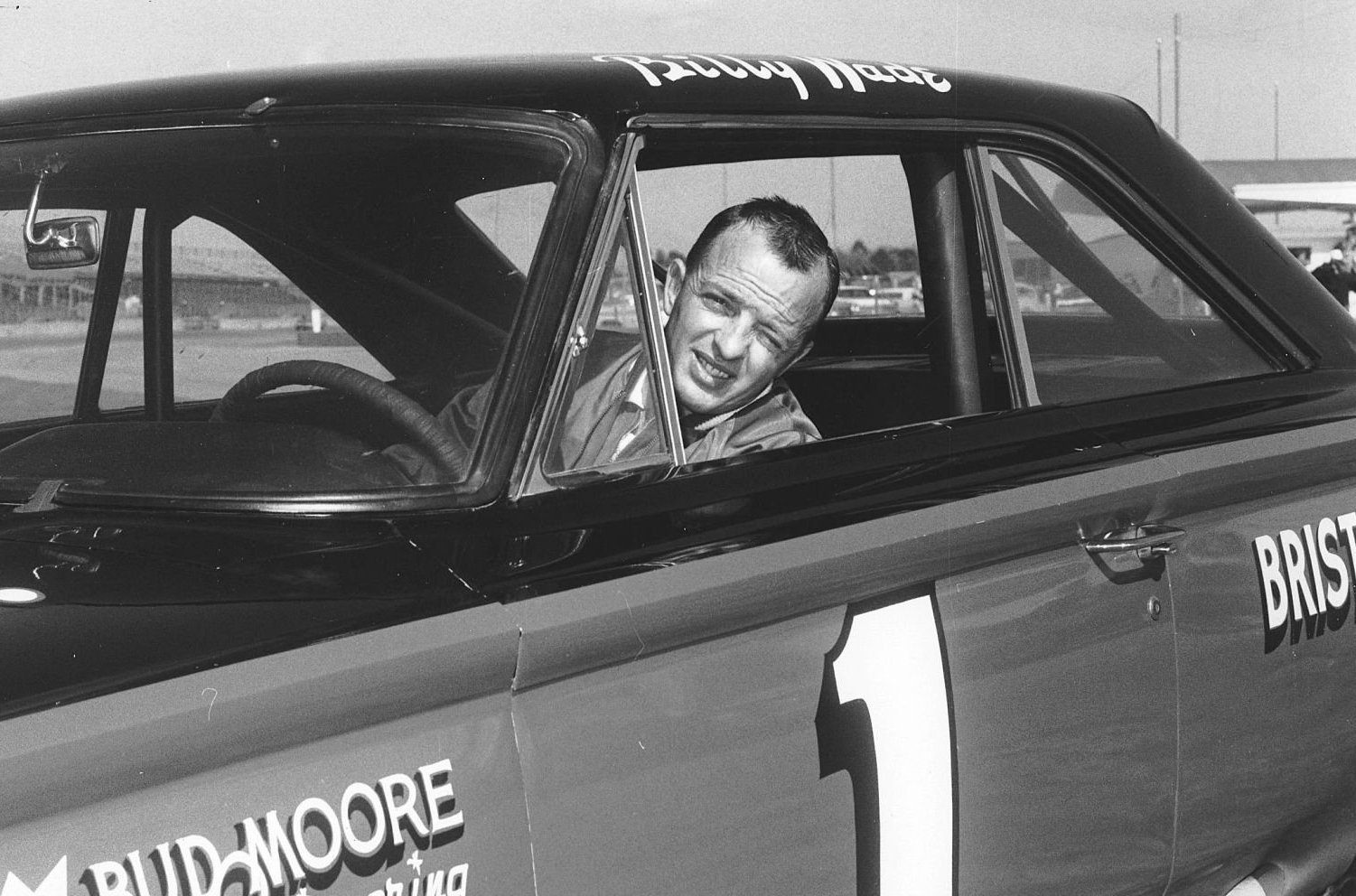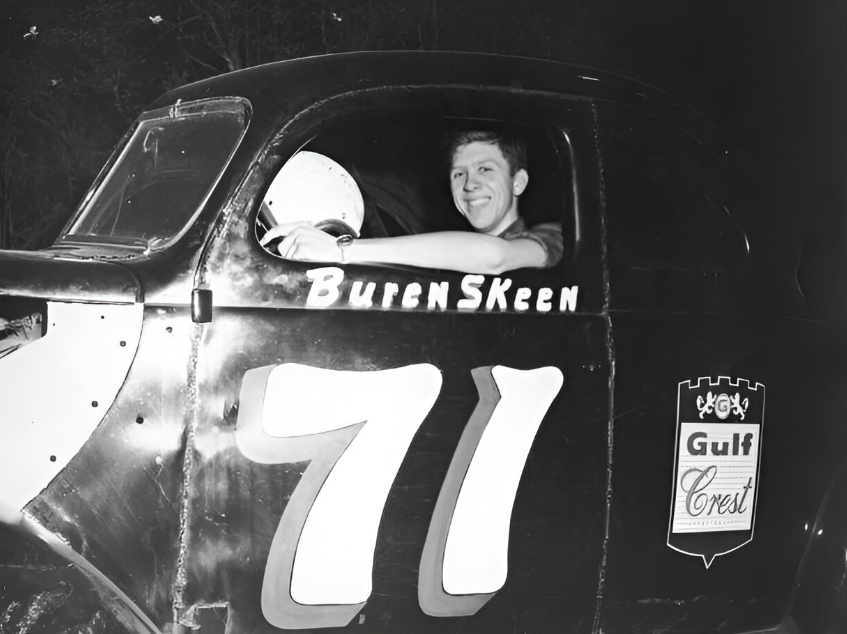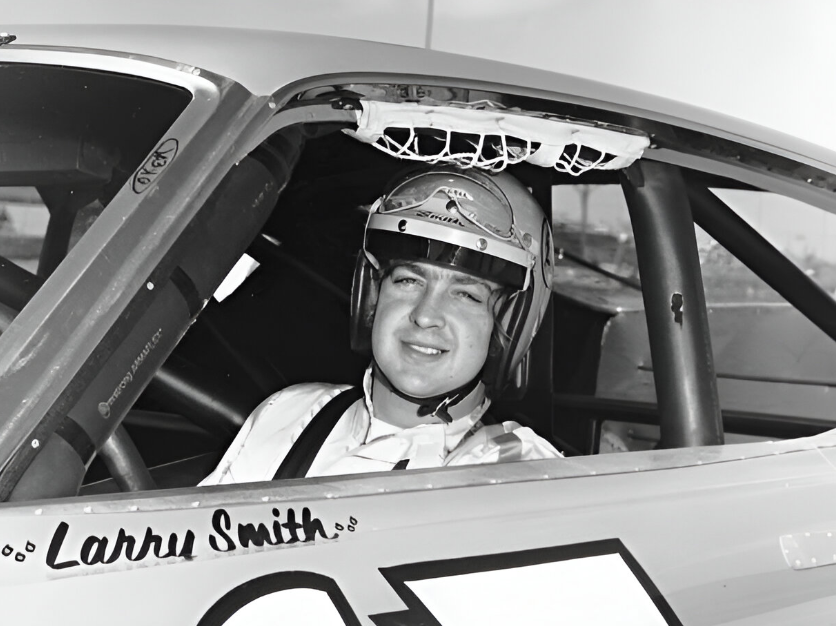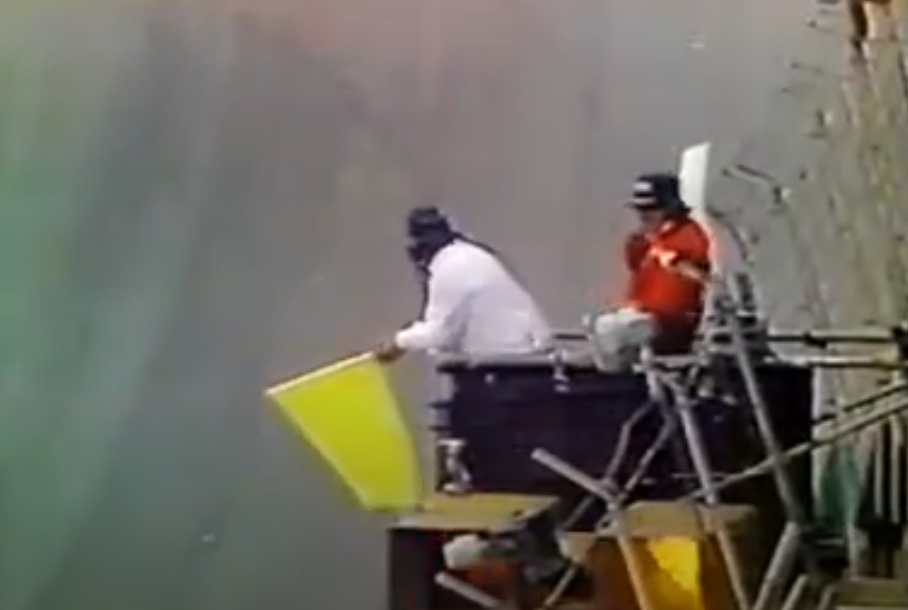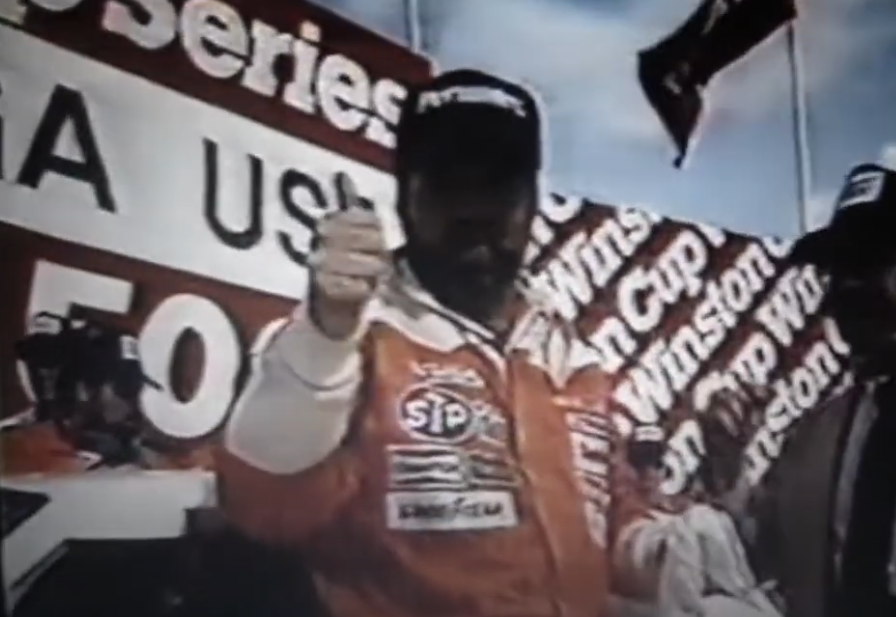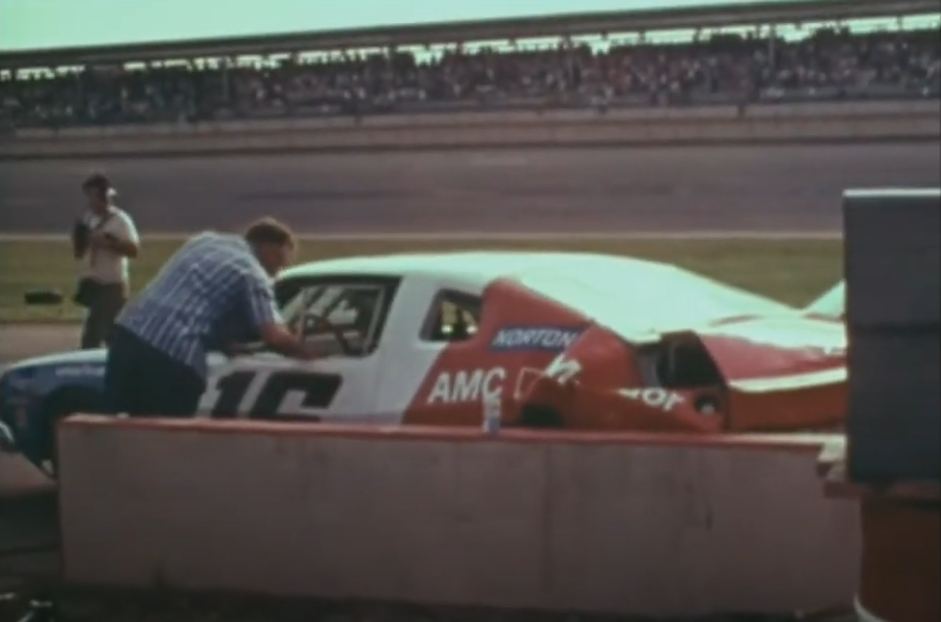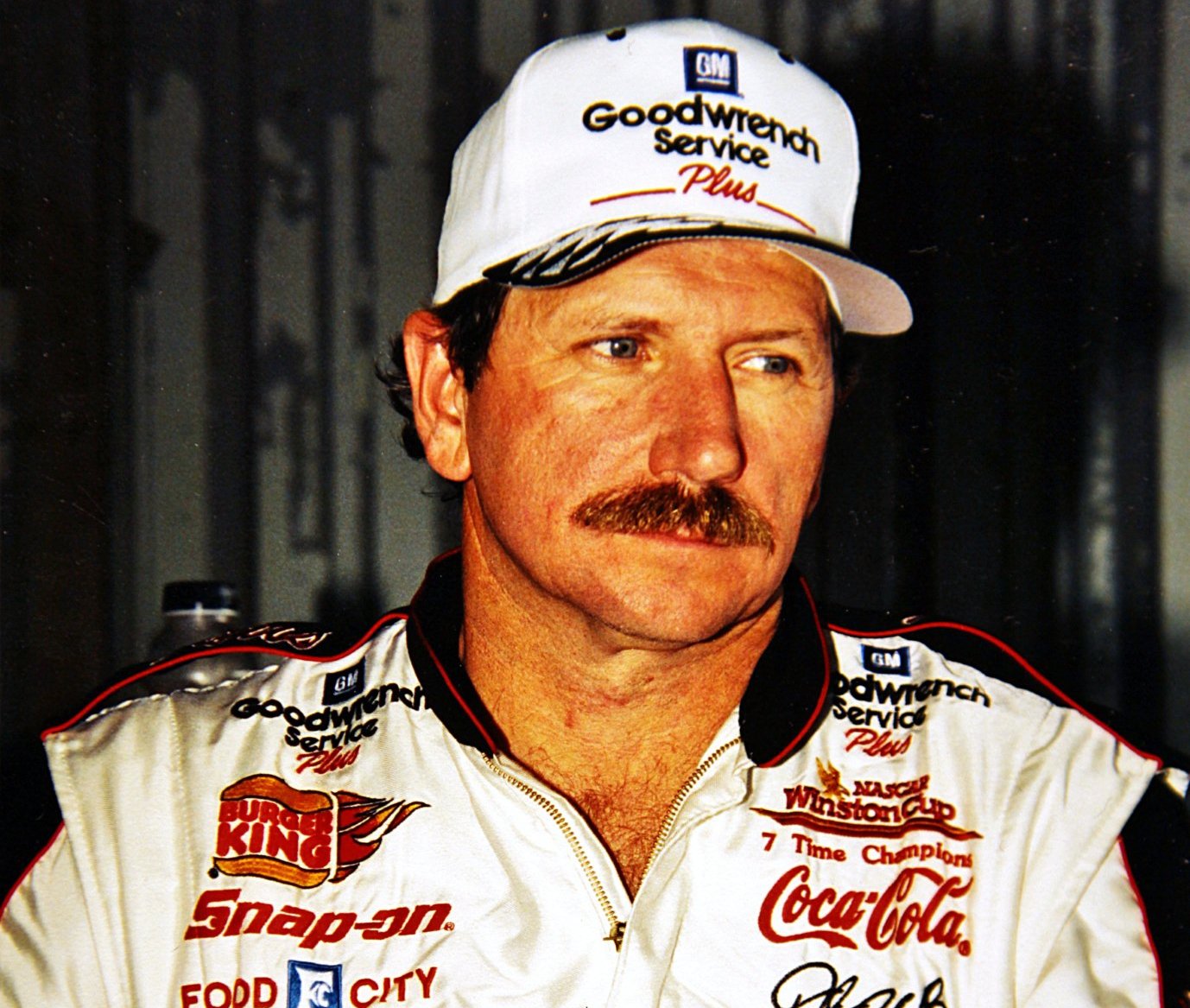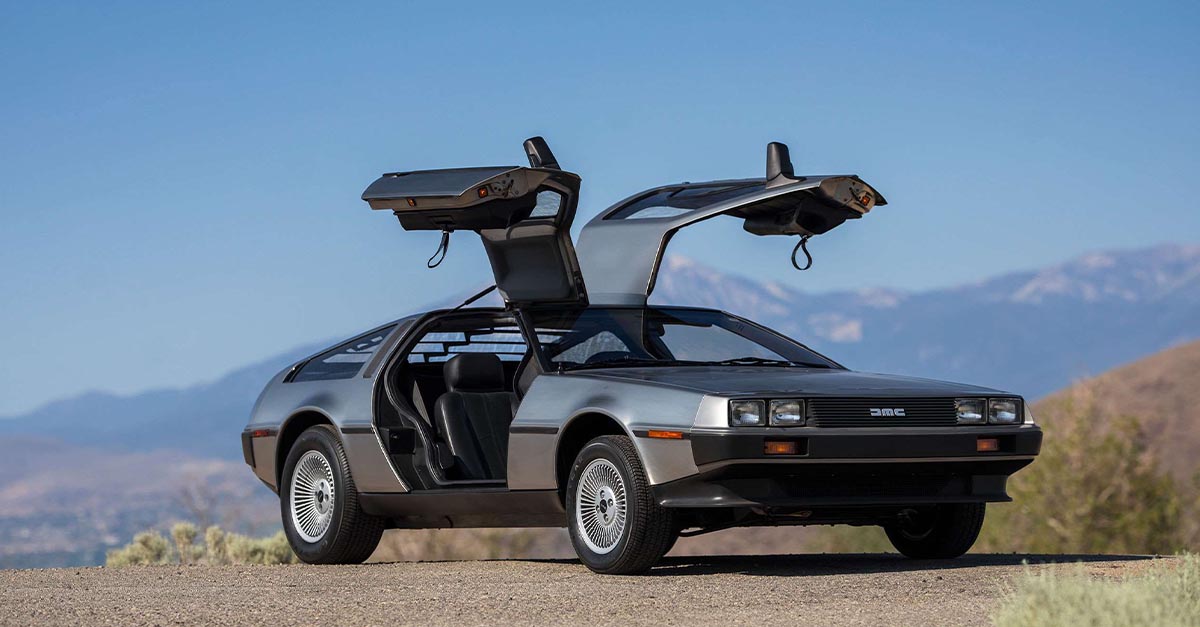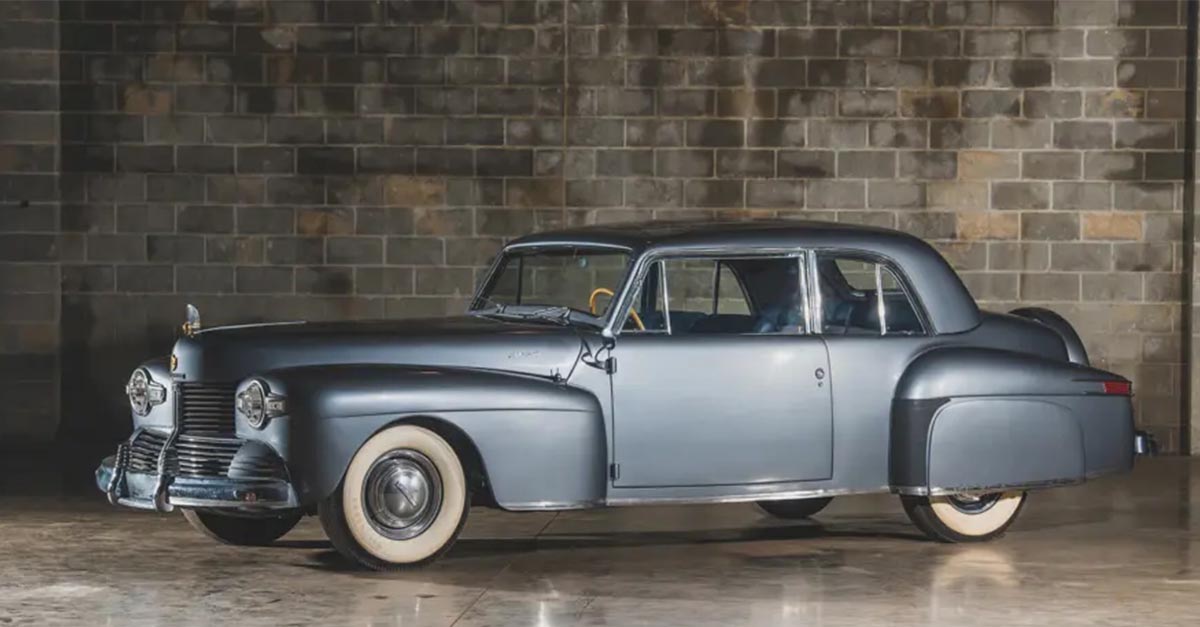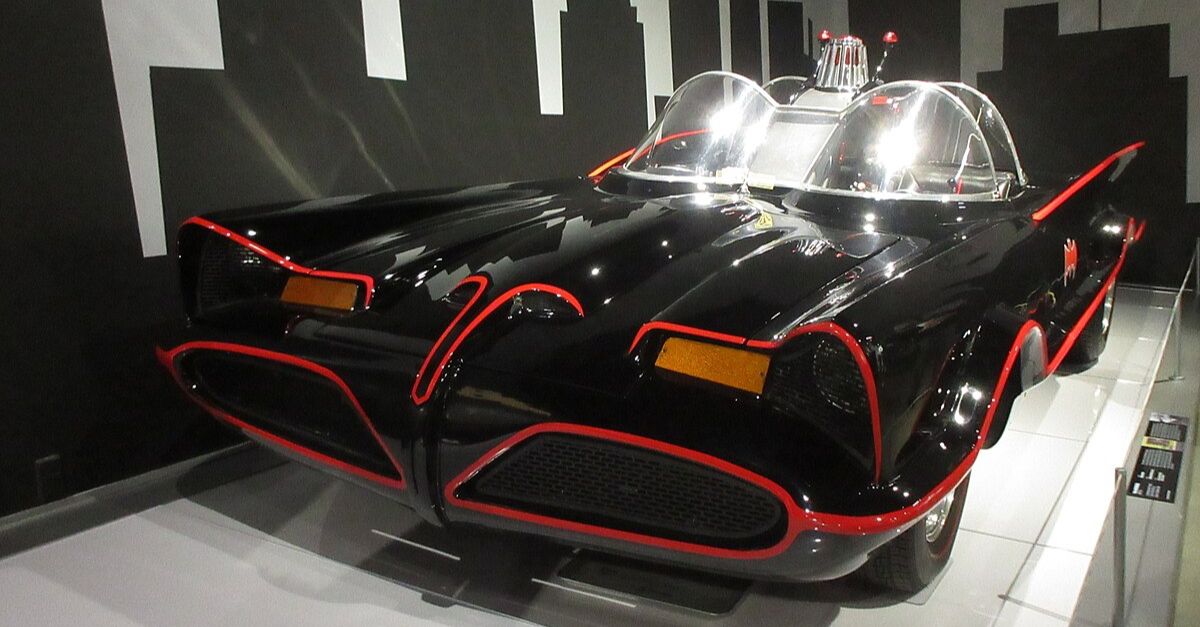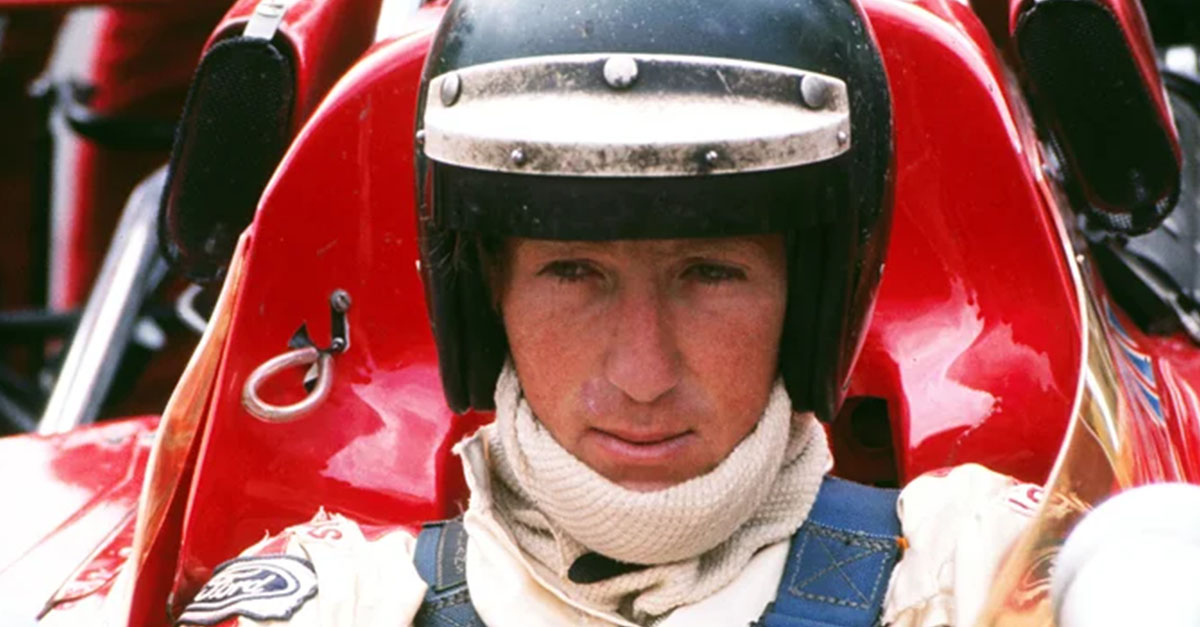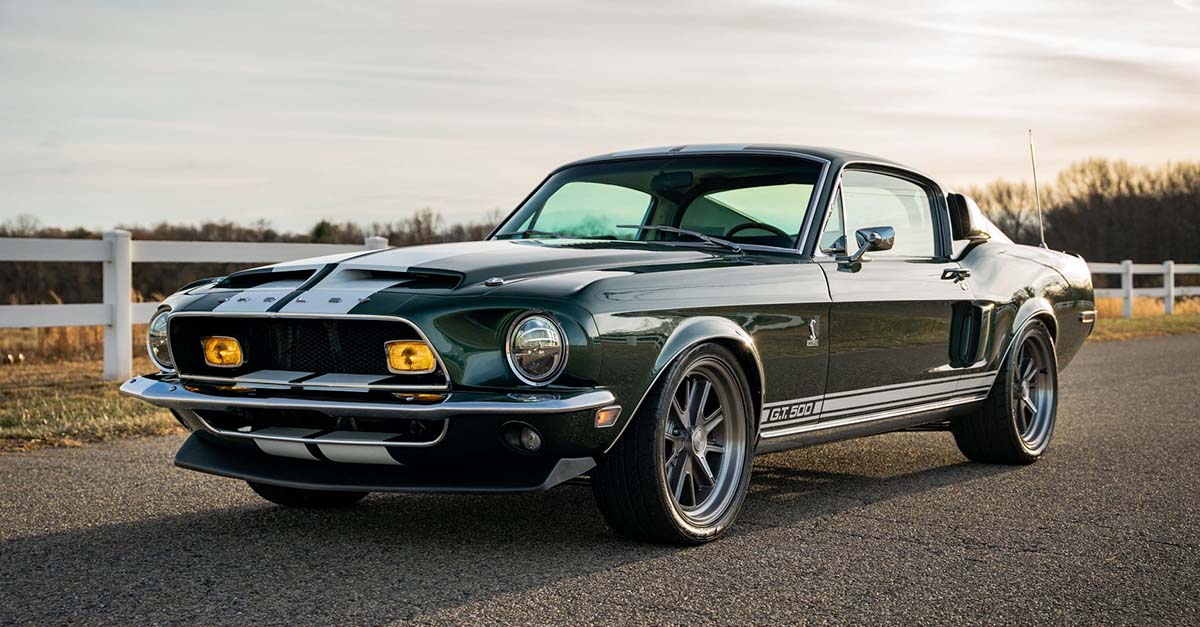NASCAR Tragedies
Although safety has been an ever-evolving goal for NASCAR, danger in this sport is an ever-existing issue. The last driver to lose his life on the track was over 20 years ago. In total, there have been 128 casualties at NASCAR events—20 were fans watching and 108 were drivers. Let’s take a moment to remember some of those incredible drivers.
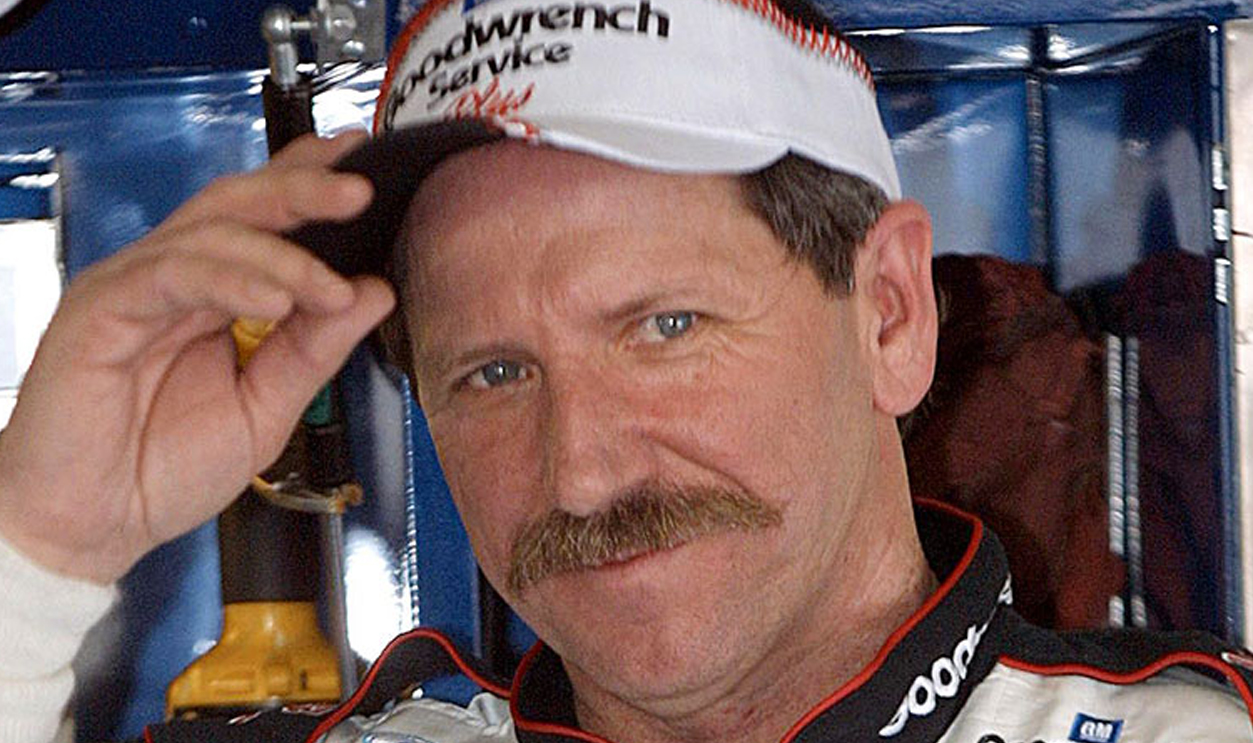
Current Safety Measures
Due to serious issues, NASCAR has improved many of its safety measures. Vehicles have been equipped with roll cages, window nets, and air flaps. On-site emergency responders have been upped and include helicopters. Track conditions have been refined—and all that positive change was because of these famous drivers and their tragic ends.
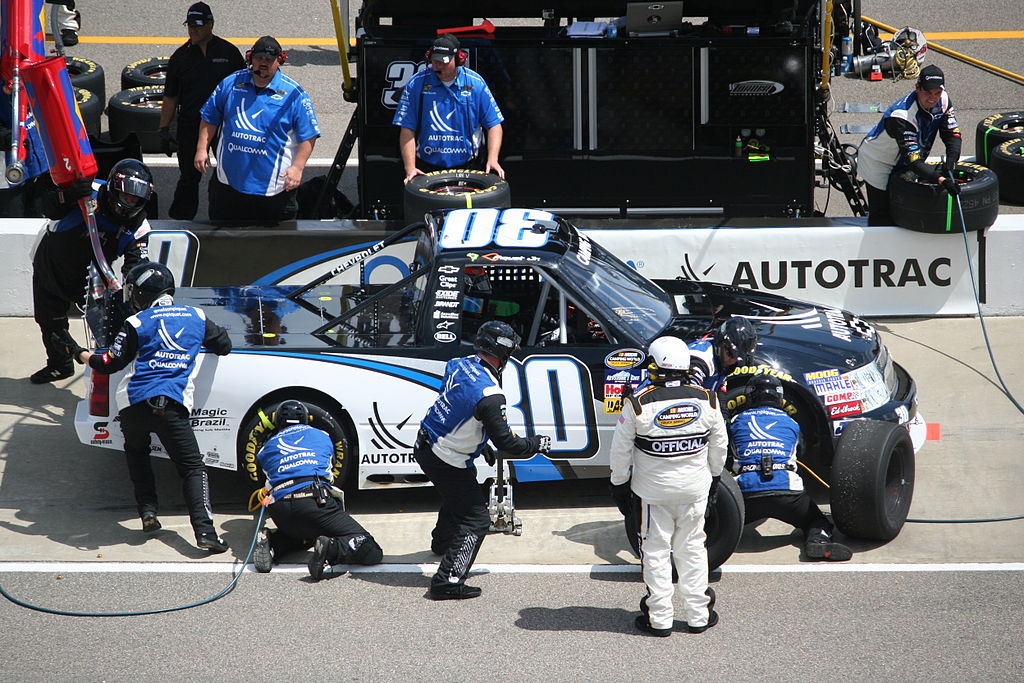 Mike Kalasnik, CC BY-SA 2.0, Wikimedia Commons
Mike Kalasnik, CC BY-SA 2.0, Wikimedia Commons
Larry Mann
Lawrence Harold Zuckerman, known as “Larry Mann”, has the unfortunate distinction of being the first driver whose life ended at a NASCAR Grand National race. On September 14, 1952, Mann’s Hudson Hornet slammed through the fence on his 211th lap. He succumbed later the same day to a pulmonary hemorrhage.
 NascarAllOut, 1952 Langhorne Grand National 250 (Colorized)
NascarAllOut, 1952 Langhorne Grand National 250 (Colorized)
Frank Arford
Driving an Oldsmobile, American Frank Arford competed in his final race on June 20, 1953, at the International 200 at Langhorne Speedway in Pennsylvania. This speedway is now synonymous with danger as 18 drivers, five motorcycle riders, three onlookers, and a flagman met their end there.
Langhorne Speedway
Drivers and spectators know Langhorne Speedway for its hazards and also for Puke Hollow, a nickname for the second turn on the track which caused so much shaking that drivers would often vomit. In 1965, Langhorne was revamped. It has still been the end for many drivers.
 Los Angeles Daily News, Wikimedia Commons
Los Angeles Daily News, Wikimedia Commons
John McVitty
Another victim of Langhorne is Chevrolet driver John Vitty. In two years, Vitty was a mid-level finisher, earning today’s equivalent of $9,252.39 in only 11 races. During his second last race, Vitty’s fuel pump malfunctioned, causing him to abandon the event. Less than two weeks later, he perished at Langhorne.
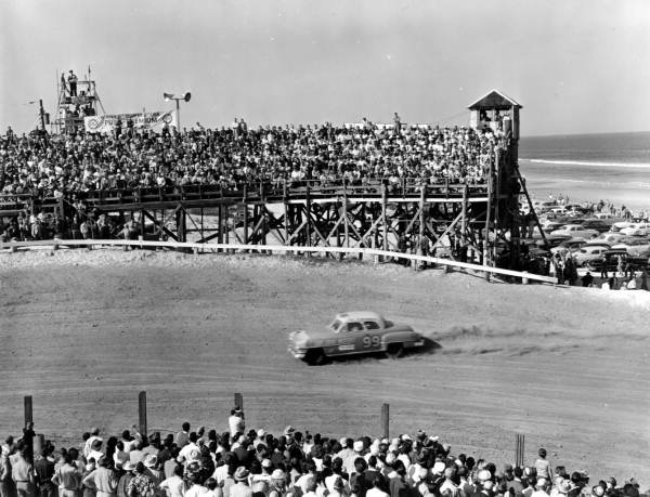 Florida Memory, Wikimedia Commons
Florida Memory, Wikimedia Commons
Lou Figaro
During the three years from 1951 to 1954, Lou Figaro was a prolific racer who competed in 17 Nascar Cup Series. During the October 24, 1954 race at the North Wilkesboro Speedway, he was only three laps from completion when his Hudson shattered the guardrail and flipped over. Almost 50 years after his fatal accident, Figaro was inducted into the West Coast Stock Car Hall of Fame.
1956 Grand Nationals
The 1956 NASCAR Grand National’s image was tarnished after two losses during the event qualifiers. The Memphis-Arkansas Speedway track was the longest one at the time, boasting a span of 1.5 miles. The track is no longer in existence as it was proving too expensive to pave.
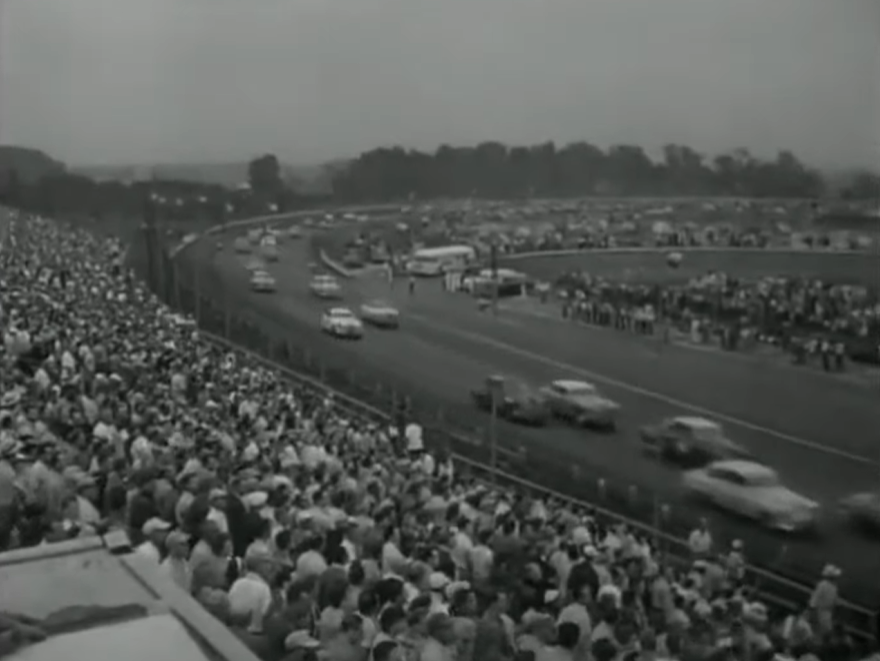 NFJJ, The Dark History of Memphis Arkansas Speedway
NFJJ, The Dark History of Memphis Arkansas Speedway
Clint McHugh
On June 9, 1956, during the 250-mile qualifier, Clint McHugh lost control on the third turn. His car, nicknamed Hellzafire, hit the guardrail at 90 miles an hour and flipped. He was flung into a nearby lake. Although pulled ashore by three fans, he didn’t make it.
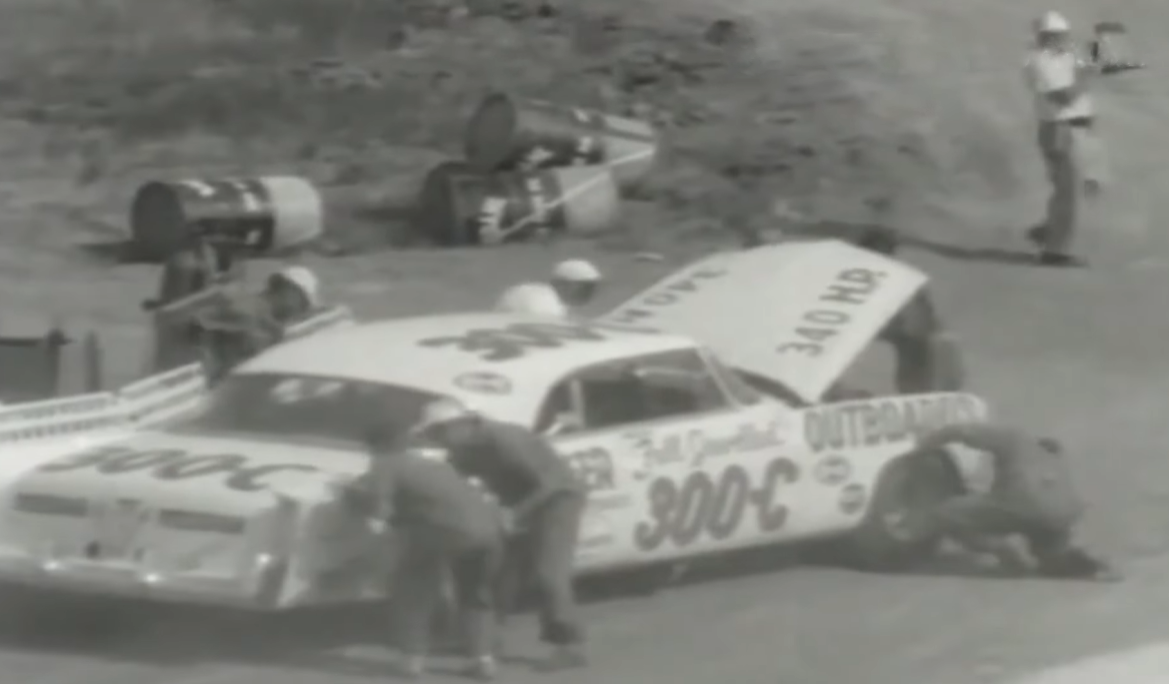 NFJJ, The Dark History of Memphis Arkansas Speedway
NFJJ, The Dark History of Memphis Arkansas Speedway
Cotton Priddy
The very next day, on June 10, 1956, Cotton Priddy would suffer the same fate as Clint McHugh. During his first ever NASCAR Grand National, Priddy was sideswiped and his vehicle overturned. Thrown from his Chevrolet, he endured multiple fractures. He was rushed to the West Memphis, Arkansas hospital where an hour later, he breathed his last.
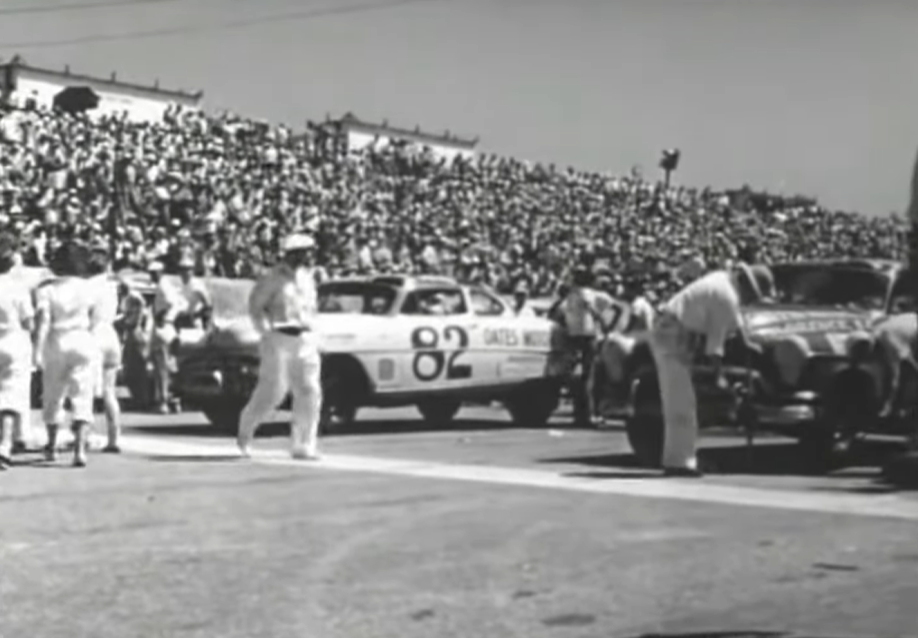 NFJJ, The Dark History of Memphis Arkansas Speedway
NFJJ, The Dark History of Memphis Arkansas Speedway
Bobby Myers
A year later, Bobby Myers, would endure the same consequences. The Southern 500 at Darlington International Raceway on September 2, 1957, was his last race. Crashing his Oldsmobile ended his career—and his life.
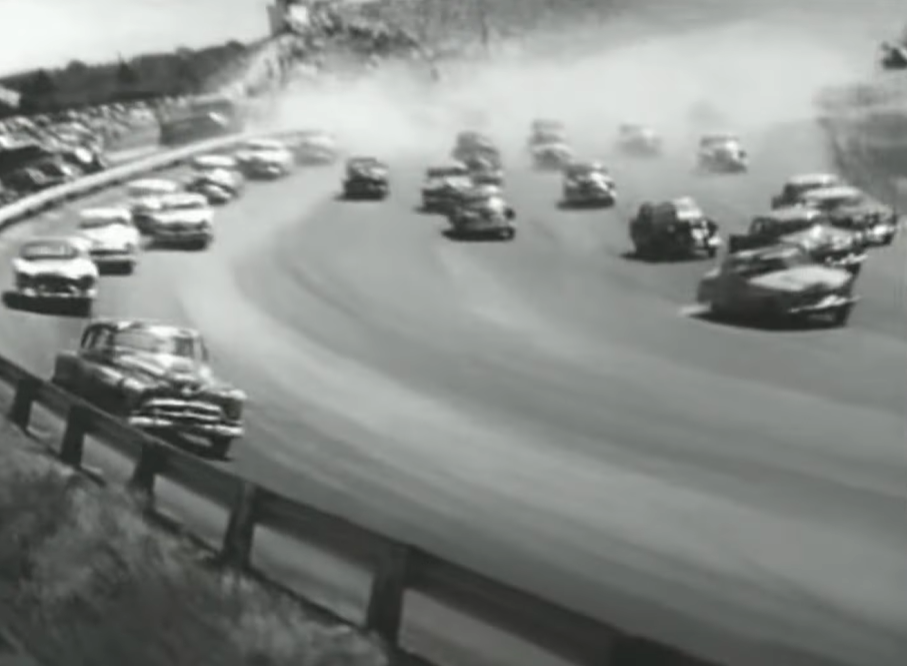 NFJJ, The Dark History of Memphis Arkansas Speedway
NFJJ, The Dark History of Memphis Arkansas Speedway
Joe Weatherly
Joe Weatherly, known as “The Clown Prince of Racing”, was quite the character. Not only did he party late before race events, but he once drove in a Peter Pan suit. In 2009, he was inducted into the Motorsports Hall of Fame of America. This happened 45 years after his last race.
Joe Weatherly
Afraid of being trapped in a burning car, Joe Weatherly didn’t wear a seatbelt or install a window net. This proved to be his downfall during the Motor Trend 500 at the Riverside International Raceway in California. His demise occurred when his Mercury crashed and his head, which had been outside of the window, hit the retaining wall.
Fireball Roberts
Fireball Roberts was known for two things—baseball and stock car racing. As a pitcher for an American Legion baseball team called the Zellwood Mud Hens, he quickly became known for his fastball. Players began calling him “Fireball”. At the age of 18, he raced a stock car for the first time.
Fireball Roberts
Driving for Ford, Fireball Roberts is a legend in the world of NASCAR racing. During his 206-race career, he finished in the top five 45% of the time. Unfortunately, the World 600 at the Charlotte Motor Speedway on May 24, 1964, was his last race. In an attempt to avoid crashed vehicles, Roberts’ own car was knocked into the wall and burst into flames.
Fireball Roberts’ Legacy
Before Roberts’ unfortunate experience, many drivers hadn’t investigated fire retardant suits. After the 1964 race, many of Roberts’ colleagues began researching their effectiveness. This accident also led to the creation of the Firestone Race Safe fuel cell.
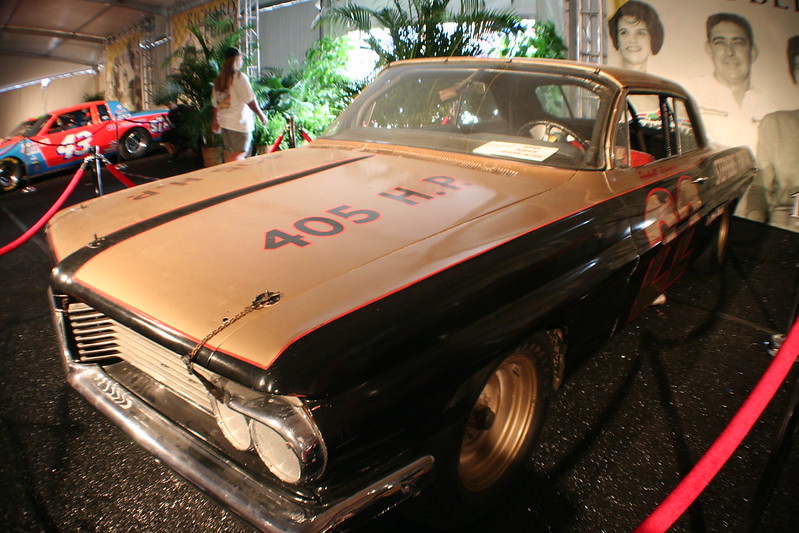 Freewheeling Daredevil, Flickr
Freewheeling Daredevil, Flickr
Jimmy Pardue
On September 22, 1964, Jimmy Pardue raced in the Goodyear Tire Test. During the event, one of his tires blew and lethally shot his vehicle into the guardrail. Fans can view the door from his Plymouth, along with his uniform, at the Wilkes Heritage Museum in Wilkesboro.
Billy Wade
Billy Wade was one of three disastrous NASCAR incidents to occur in 1965. While driving his Mercury in the January 5th Goodyear Tire Test, Wade’s life was cut short. Wade’s last race was in Florida at the Daytona International Raceway.
Buren Skeen
A second accident in 1965 involved driver Buren Skeen. On September 6th, Skeen’s Ford didn’t finish the Southern 500. Skeen met his maker at the Darlington International Raceway.
Harold Kite
Harold Kite was not only a Plymouth driver but a first lieutenant in the Georgia National Guard. His first race in 1950 propelled him to the top. Tragically, his last took place on October 16, 1965, at the National 400. It was only one lap in when a five-car pileup occurred, and he was rammed sideways. Kite didn’t make it.
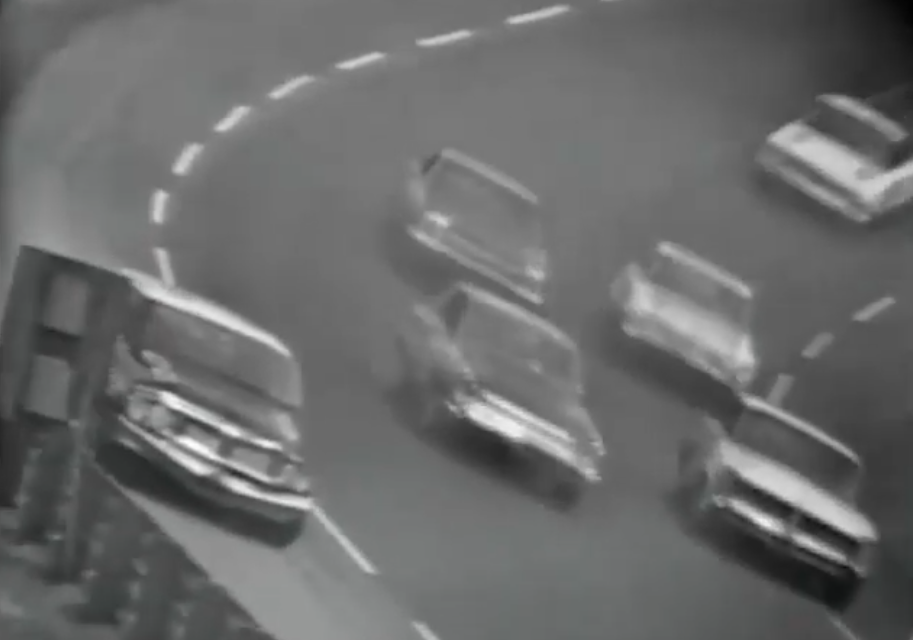 Flashlight PPT2, Harold Kite Fatal Crash @ Charlotte 1965 (TV footage showing the actual impact)
Flashlight PPT2, Harold Kite Fatal Crash @ Charlotte 1965 (TV footage showing the actual impact)
Billy Foster
William Alva Foster, known as “Billy” Foster, chose stock car racing over high school completion. He was a powerhouse. In two years from 1964 to 1966, he had 28 career starts. He and Mario Andretti became very close. Andretti took Foster’s demise very hard and afterward vowed never again to befriend coworkers.
 The Enthusiast Network, Getty Images
The Enthusiast Network, Getty Images
Billy Foster
Billy Foster is the sole Canadian driver to have had his life ended in a NASCAR race. On January 27, 1967, Foster was practicing at Riverside National Raceway in California. When his brake drum failed, he was unable to control his Dodge. Without window nets, he fatally slammed his head as he crashed into the retaining wall.
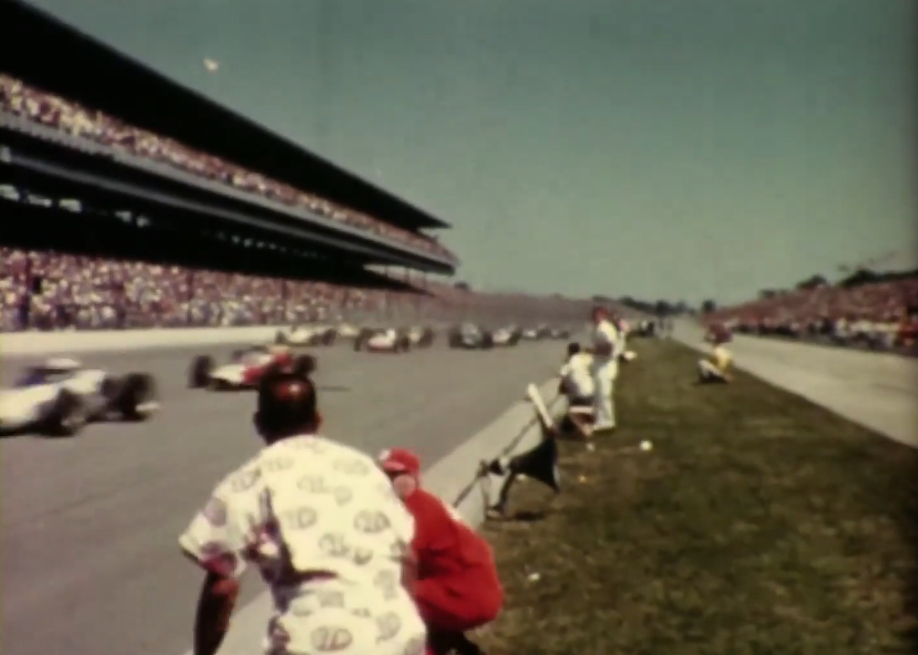 Lor Bet, Indy 500 1966 Big Crash RARE ANGLE
Lor Bet, Indy 500 1966 Big Crash RARE ANGLE
Talmadge Prince
NASCAR went three years before another misfortune materialized. Talmadge Prince was the one to unfortunately break that streak on February 19, 1970. Daytona’s 125-mile event was Prince’s first NASCAR involvement. His career only lasted 18 laps.
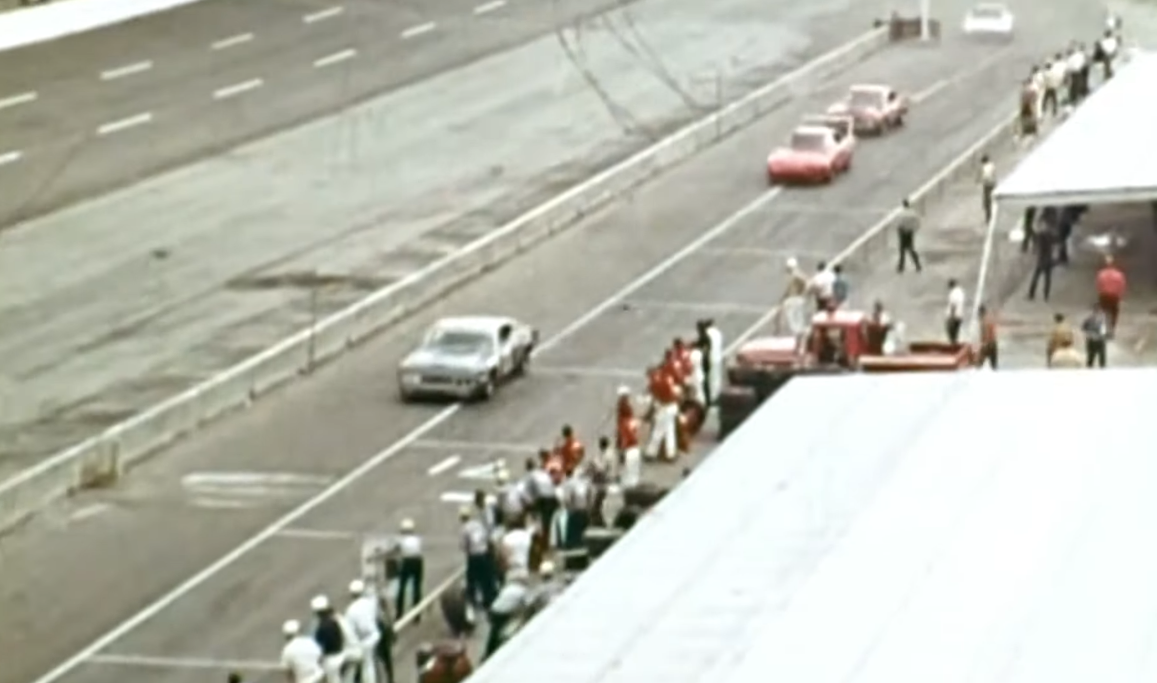 NFJJ, The Tragedy of Talmadge Prince
NFJJ, The Tragedy of Talmadge Prince
Friday Hassler
Raymon Lee Hassler, known as “Friday”, was a Chattanooga, Tennessee native who won the second annual prestigious Snowball Derby in 1969. He raced for 12 years before his ill-fated mishap in the 1972 Daytona 500. To avoid one crash, Hassler swerved, slammed into the wall, and became part of a 13-car pile-up. He was cut short at the peak of his career and at only 36 years of age.
 Black Flags Matter, The Daytona Tragedy of Friday Hassler
Black Flags Matter, The Daytona Tragedy of Friday Hassler
Larry Smith
Larry Smith’s racing career began in 1971—only two years before it ended. In 1972, he was honored with NASCAR’s Winston Cup Rookie of the Year. During the Talladega 500 in 1973, Smith’s car spun into turn one’s retaining wall. The car suffered minor damage while Smith’s injuries were much more excessive. His pit crew were the ones to uncover the serious head injuries that ended his life.
Larry Smith’s Legacy
Despite rumors that Smith removed the padding from his helmet before the race, doctors concluded that he had an “abnormally soft” skull that had been fractured several times before the Talladega race. An independent lab firmly declared that much safer helmets could be manufactured.
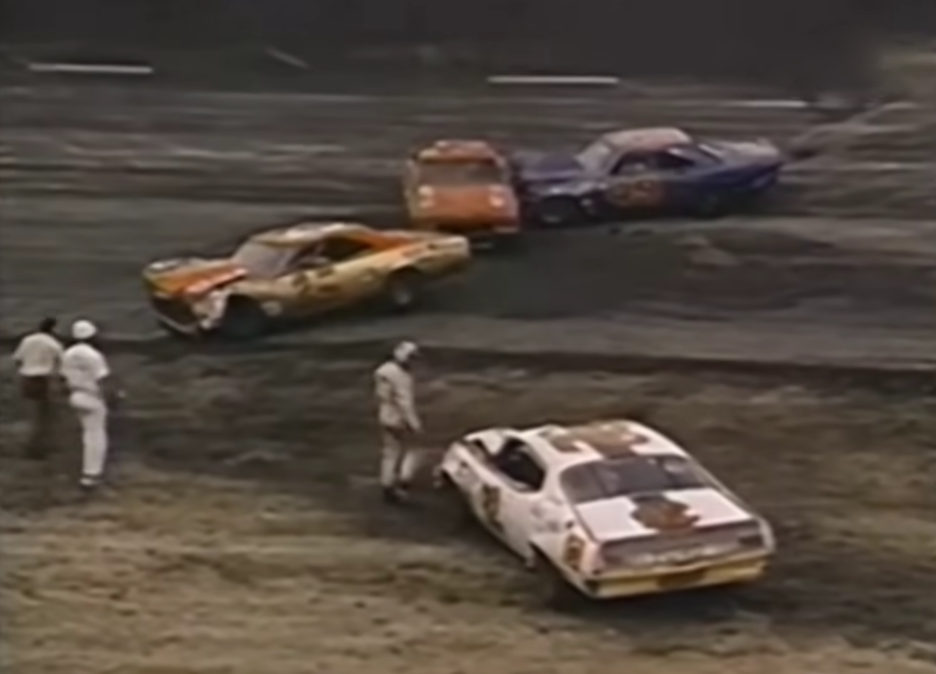 nascarman History, The Larry Smith Mystery: NASCAR's Unexplained Crash and the Man Behind It
nascarman History, The Larry Smith Mystery: NASCAR's Unexplained Crash and the Man Behind It
Tiny Lund
Tiny Lund, a three-year season champion, had been involved with motorcycle and car racing since a young age. Known as “Tiny”, despite being 6’5” and 270 pounds, he spent many years between full-time journeyman work and racing stock cars. His mischance also took place at the Talladega 500, although it was on August 17, 1975, two years after Larry Smith.
 BWard 1997, CC BY 4.0, Wikimedia Commons
BWard 1997, CC BY 4.0, Wikimedia Commons
Ricky Knotts
Ricky Knotts was an American driver whose car of choice was an Oldsmobile. His last ride was in the qualifiers for the 125-mile race on Valentine’s Day in 1980. He didn’t finish the Daytona International Speedway competition.
Bruce Jacobi
Bruce Jacobi also competed in his last race at Daytona International Speedway. On February 17, 1983, Jacobi and his Pontiac didn’t finish the qualifying race for the UNO Twin 125. Now known as the Duel at Daytona, it includes two 150-mile races.
Daytona International Speedway
Built in 1959 by the founder William France Sr, the Daytona International Speedway is the track with the highest number of casualties. Its banked design was specifically created to allow spectators the best view possible. Eight drivers have met their end during races known to be the most prestigious in the league.
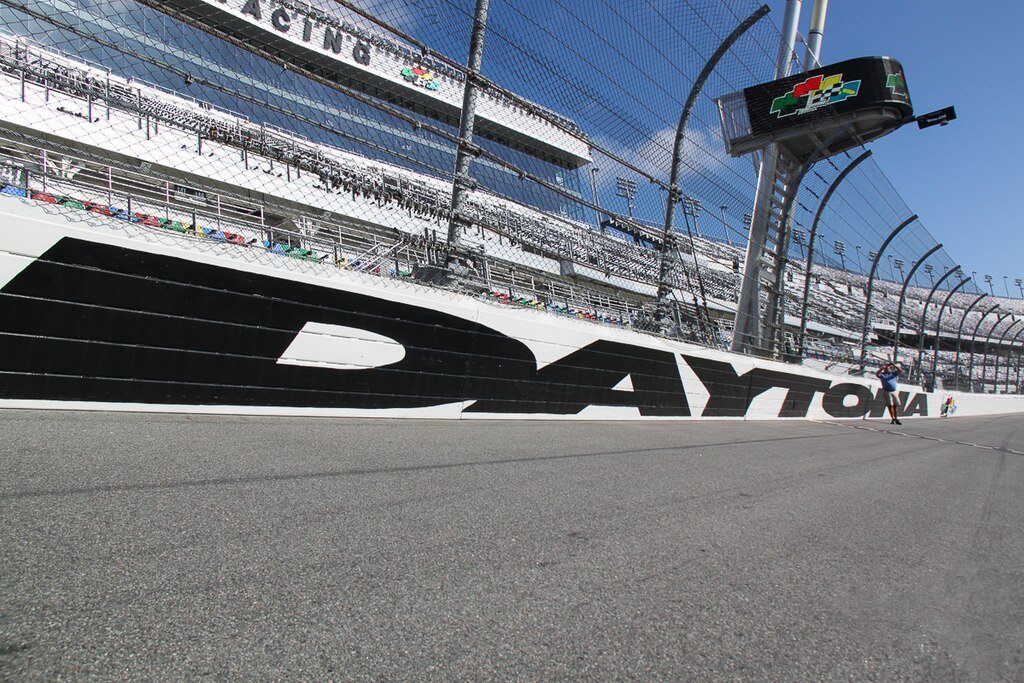 Paulo Guereta, CC BY 2.0, Wikimedia Commons
Paulo Guereta, CC BY 2.0, Wikimedia Commons
Terry Schoonover
Terry Schoonover began drag racing as a 16-year-old but only entered NASCAR races in his 30s. He only raced for a short time in 1984. In his second race, in lap 129 at the Atlanta International Raceway, he hit the wall and didn’t recover. He was the first victim at this track.
 SMIFF TV, 1984 Atlanta Journal 500
SMIFF TV, 1984 Atlanta Journal 500
Rick Baldwin
Rick Baldwin was an American driver who competed in a Ford. On June 14, 1986, he took part in the Miller American 400. His last moments of driving were at the Michigan International Speedway.
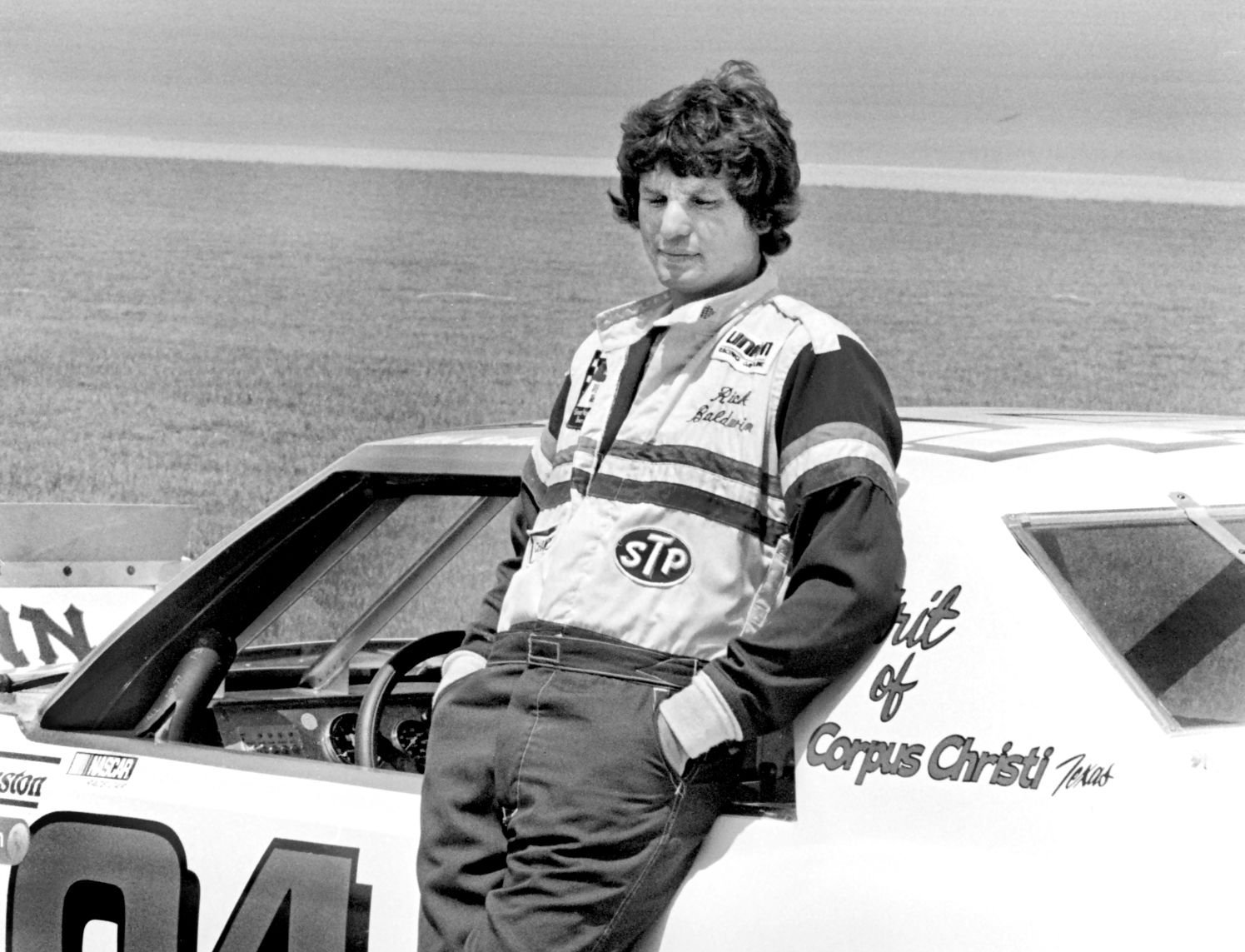 Robert Alexander, Getty Images
Robert Alexander, Getty Images
Grant Adcox
Driver Grant Adcox dealt with a number of obstacles throughout his driving career. He encountered rain delays, crushed a catch-can man’s leg, was underfunded, and lost his crew chief to a heart attack. Despite this, Chattanooga, Tennessee native Grant Adcox was considered a “strong competitor”.
Grant Adcox’s Legacy
In lap 202 of the November 19, 1989, Atlanta Journal 500, Adcox smashed into the wall and his seat mount was torn from the vehicle. After Adcox’s fatal crash at the Atlanta Motor Speedway, new safety regulations regarding seat mounts were put in place.
JD McDuffie
JD McDuffie is known for having the most starts without a win—653 times. He is also known for being a casualty of the 1991 Budweiser at the Glen. On August 11, 1991, McDuffie’s Pontiac sustained a mechanical error and crashed into Jimmy Means. Unable to steer, he collided with a wall and flipped.
 Mike Traverse, CC BY-SA 2.0, Wikimedia Commons
Mike Traverse, CC BY-SA 2.0, Wikimedia Commons
Neil Bonnett
Neil Bonnett was another driver to be taken down by the Daytona International Speedway track. On February 11, 1994, during his very first practice session, the shock mount on Bonnett’s Chevrolet blew out. This caused Bonnett’s stock car to crash into a steep bank. He didn’t survive.
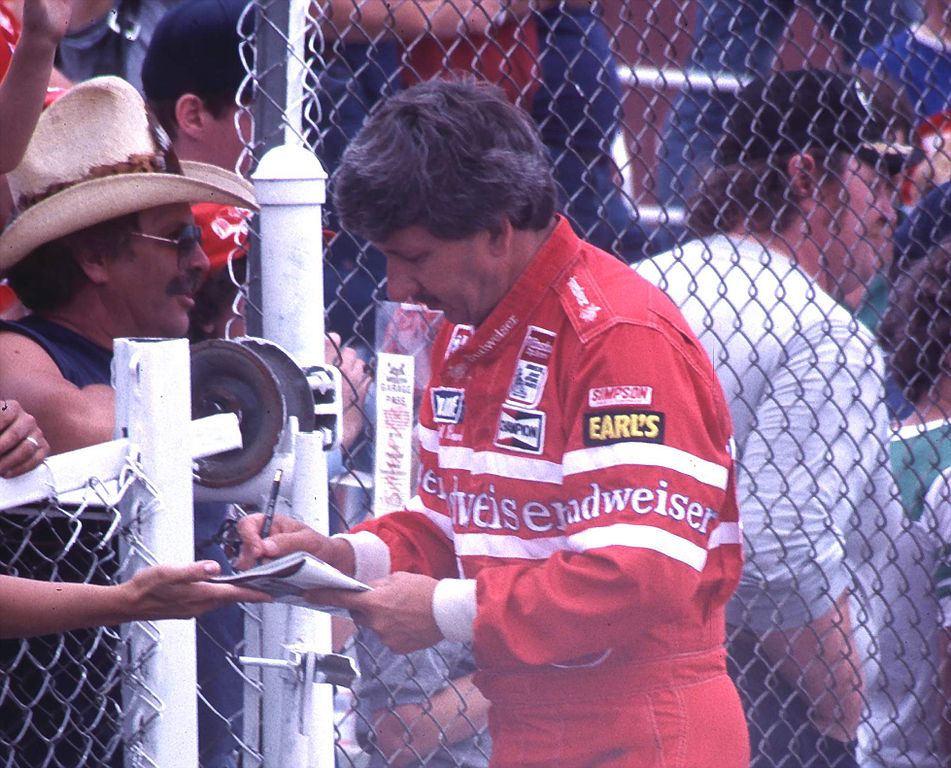 Ted Van Pelt, CC BY 2.0, Wikimedia Commons
Ted Van Pelt, CC BY 2.0, Wikimedia Commons
Neil Bonnett’s Legacy
After several crashes much like Bonnett’s, and engines bottoming out after shock mounts broke, NASCAR was forced to examine shock mount specifications. In 2000, new regulations appeared. Cars were required to have standardized springs so that no more engineers and mechanics would attempt to reduce drag by creating dangerous alternatives.
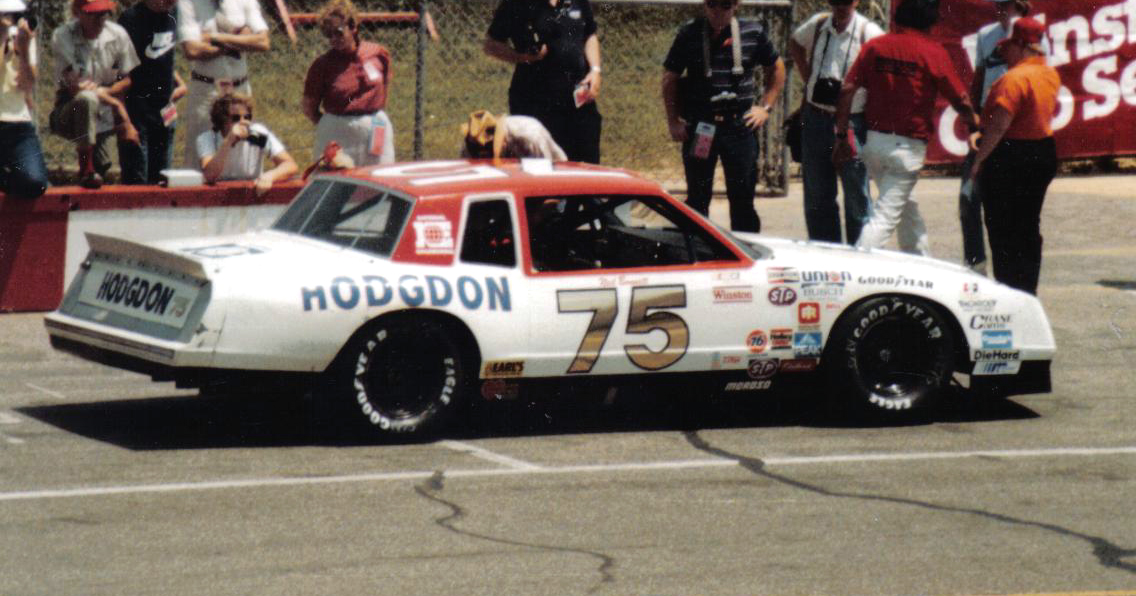 us44mt, CC BY-SA 2.0, Wikimedia Commons
us44mt, CC BY-SA 2.0, Wikimedia Commons
Rodney Orr
Only three days later, during the same series at Daytona, Rodney Orr’s life was claimed while performing a practice round. At 175 miles per hour, his vehicle crashed into the catch fence and flipped. He was 31 years old.
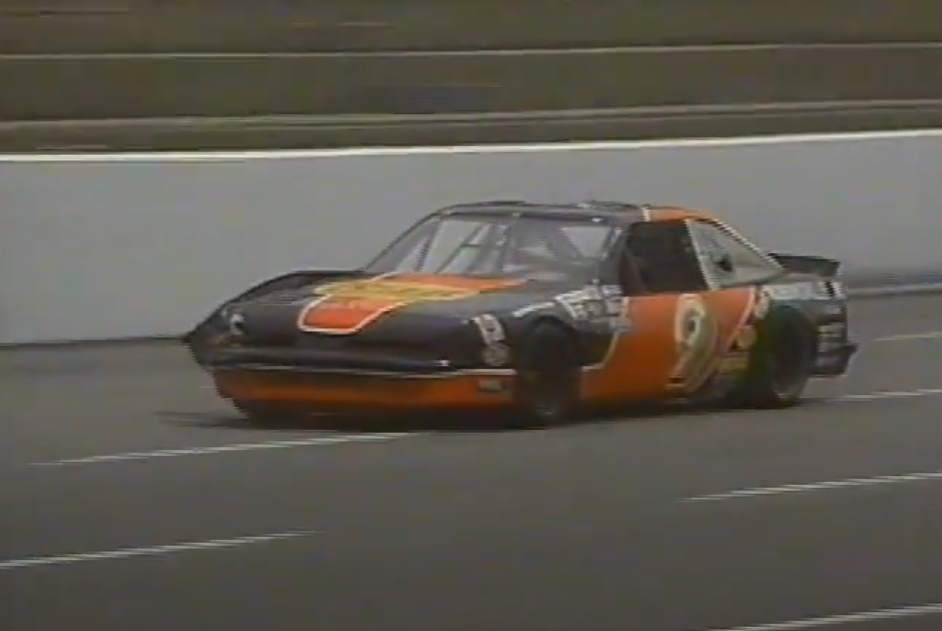 nascarman History, Rodney Orr, Fleet Crews Crash - Martinsville 1993
nascarman History, Rodney Orr, Fleet Crews Crash - Martinsville 1993
NASCAR’s Claim
NASCAR originally claimed that Bonnett’s driving was to blame for the tragedy. Claims were made in the Orlando Sentinel, however, that three-dollar screw-like pieces called studs were the cause of both Orr and Bonnett’s demise. Engineers confirmed that the metal of these three-inch parts was too weak to be used in vehicles that exceeded speeds of 200 miles per hour. NASCAR recanted.
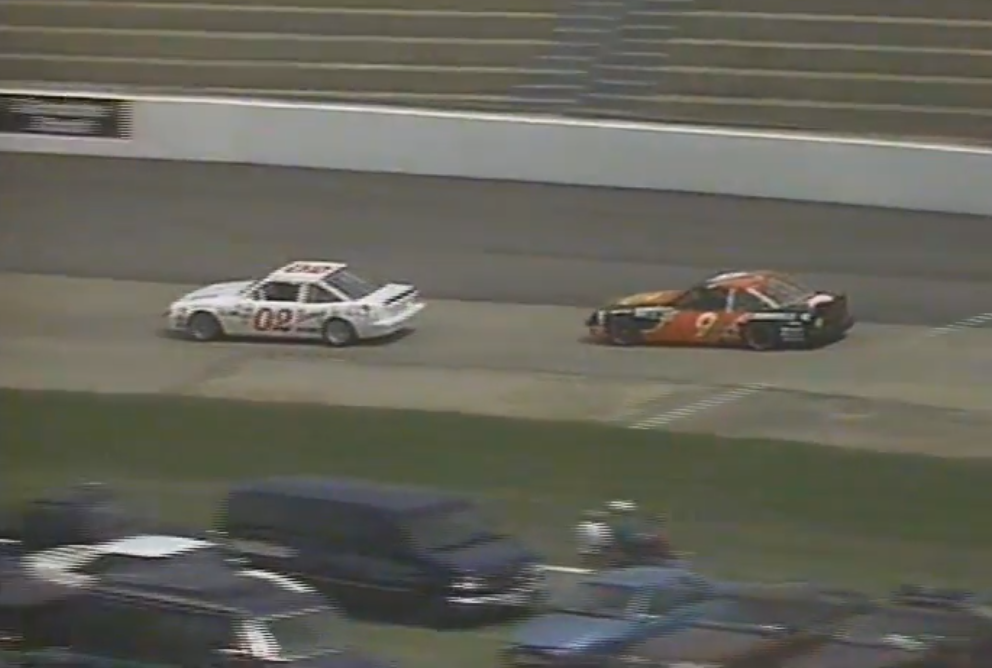 nascarman History, Rodney Orr, Fleet Crews Crash - Martinsville 1993
nascarman History, Rodney Orr, Fleet Crews Crash - Martinsville 1993
Kenny Irwin Jr
Kenny Irwin Jr had been racing before he began second grade. In 1996, he made his debut in NASCAR’s Craftsman Truck Series at Phoenix International Raceway. Four years later, he raced in his last competition at the New Hampshire International Speedway. During practice, he banged head-on into the wall and flipped his Chevrolet. His injuries were severe, and he didn’t make it.
 Darryl Moran, CC BY-SA 2.0, Wikimedia Commons
Darryl Moran, CC BY-SA 2.0, Wikimedia Commons
Dale Earnhardt Sr
One of the most recent, and possibly most famous, accidents that ended the life of a driver during the race occurred on February 18, 2001. Despite being an experienced driver, Dale Earnhardt Sr was in his last lap of the Daytona 500 when disaster ensued. At the age of 49, Earnhardt Sr suffered a basilar skull fracture after a three-car crash.
Dale Earnhardt Sr
An expert driver for Chevrolet, Dale Earnhardt Sr was known as “The Intimidator”, “The Man in Black”, and “Ironhead” due to his driving skills. He is considered to be one of the best motorists of all time. His son, Dale Earnhardt Jr, also raced and finished second in the February 18 event that ended the life of his father.
You May Also Like:
The Most Tragic Ends In Racing
Car Racing's Biggest Tragedies
Sources: 1, 2, 3, 4, 5, 6, 7, 8, 9, 10, 11, 12, 13, 14, 15, 16, 17, 18, 19, 20, 21, 22, 23, 24



